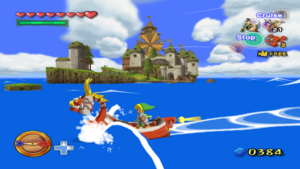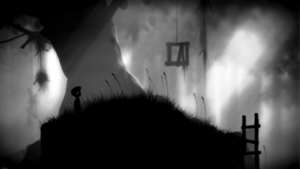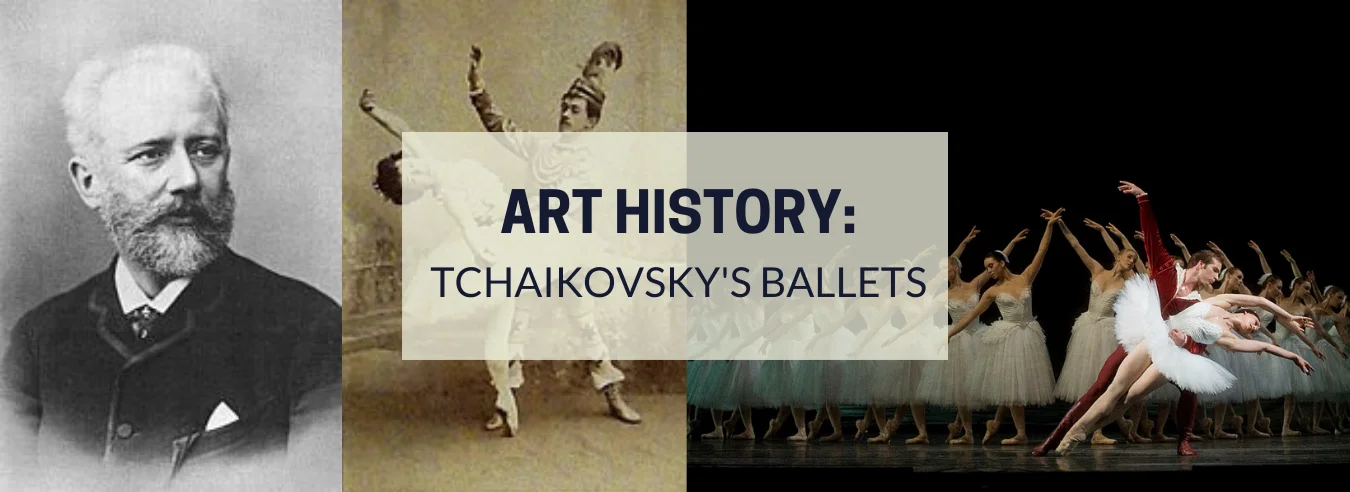With spring in the air, one usually thinks of the flowers and trees in bloom.…
Video Games as an Art Form

Throughout the late 80’s and 90’s video games saw an incredible growth in popularity as game developers shifted their focus from giant arcade machines to compact console systems that could be played at home. Video games have come a long way from the 2D pixel days of the Nintendo Entertainment System (NES), to the stunning, realistic 3D graphics seen today on the PlayStation 4 and Xbox One. The evolution of technology has afforded game designers the opportunity and tools to stretch their imagination and innovate new concepts, ideas and techniques. With their drive to create something fresh and unique, these creators have invented and produced games that have real artistic merit.
It Takes a Village
From an outsider’s perspective, it may be difficult to fathom just how much work goes into making video games. With average development times ranging anywhere between three and five years, and team sizes from 50 up to 200 members, video games are a collaborative labor of love, sweat, and tears. The more ambitious the game is, the more money is necessary and the more team members are required to get the job done. On a typical development team, there are game designers who make the decisions about how the game will be played; the “rules” to achieve victory, so to speak. There are also programmers who write the code that will execute the actions we want the player to be able to make, such as Mario being able to jump and shoot fireballs to defeat enemies. In more story-driven games, narrative designers dream up the game worlds and characters to inhabit them, with the goal of building an emotional tie between the player and the game. However, without the art assets, environments, props, and avatars, there are only ideas and code. This is where the essential art team comes in to bring these visions to life.
Art Team Breakdown
The art team in larger companies can be quite diverse, with artists divided into subcategories depending on their specializations. Some artists specialize in character modeling and rigging; they make sure the characters look and move correctly, and that the models fluidly perform the actions coded by the programmers. In many modern games, lighting is incredibly important, not just to set the game’s tone and mood, but also to help guide the player towards hidden items or main objectives. Therefore, it’s no surprise that there are artists whose sole purpose is making sure the worlds in these games are properly lit. Even the menu screen is an important facet because designers want to make sure that the player is not confused or frustrated as they navigate through various screens. The User Interface (UI) Designer makes sure all the elements that are on the screen that are not part of the physical game world, such as player health and the mini-map, are there to help with and not interfere with the gameplay. Together, the art team is an integral part of inviting you into and enjoying your time and experience in each of these worlds.
Creating Worlds through Environment
The environment artist role is the one that is typically at the forefront when critics praise video games as art. Environment artists take concept art and make it a reality. They create the scenic backdrops of the game world, like the explorable forests and mountains in The Legend of Zelda: Breath of the Wild, the buildings covered in overgrown plants in The Last of Us, and the golden sand dunes in Journey. Environment artists have the important task of bringing the ideas of the game designer to life, while maintaining the overall feel and tone of the world crafted by the narrative designers. They help bring all those ideas together to create a beautiful playground players can lose themselves in.
Wind Waker: Shifting Art Styles

The Legend of Zelda is a series that many non-gamers are familiar with, even if just in name. Dating back to the late 80’s, this series was a flagship title for Nintendo and has become synonymous with adventure. By the late 90’s, most companies had made the jump to 3D, and Ocarina of Time was critically lauded for its excellent combat mechanics and seamless use of cameras in creating tense, action-packed 3D gameplay. However, at the turn of the century, Zelda developers had grown tired of the dark, moody aesthetic and felt it had grown stale. One of the artists, Yoshiki Haruhana, had doodled a cartoony version of Link, the series protagonist, and the team immediately latched onto the style. Using a technique known as cel-shading, artists then created a colorful world that looks like it is straight out of a fairy tale book. By using less shading and gradients, and removing any reflective lighting, the artist achieves a flatter, comic book look. Though fans initially resisted the change in style, The Wind Waker is now considered one of the best Zelda titles and certainly the one with the most unique, charming art design.
Shadow of the Colossus: An Introspective Journey on Horseback

One of the first games that was praised for its emotional resonance and artistry is Shadow of the Colossus, released in 2006. In this game, the player steps into the shoes of a young man tasked with defeating 16 towering colossus in order to save his lover’s life. On horseback, he rides through stretches of fields and mountains on a contemplative and emotional journey. Many players have likened the style to being part of a melancholic landscape painting. The visuals are minimalist and this serves to make the appearance of the giant, stone creatures that much more impressive. The fights that take place are further enhanced by the brilliant lighting design. There’s nothing quite like emerging victorious and watching the dark silhouettes of these majestic creatures come thundering down, only to be left wondering, “Is this right? Am I truly the hero of this story?”
Flower: Beauty in Simplicity

The games coming out of independent studios are often praised for what they are able to achieve without the funding of large Triple-A studios like Activision and Warner Brothers Interactive. An early example of this was the game Flower, a concept that was originally sparked while Jenova Chen and Nicholas Clark were still students at the University of Southern California. In this game, you play as a single flower petal with which you can interact with the environment and create change. As soothing instrumentals play in the background, you dance the petal around to other flowers, making them bloom and transforming 3D areas into lush landscapes by increasing the power of the wind. In particular, the artists took extra care in making the sky change from bright day azures to gorgeous pink sunsets. It’s surprising how a simple idea by students became a critically acclaimed game praised for its artistic use of color, music, and environmental design. In 2013, Flower was one of two games featured at the Smithsonian’s Art of Video Games exhibition.
Limbo: A Gray-Tone Winner

Where Flower’s artistry relied heavily on color and brightness, Limbo captures the eye with its stark contrast of black, white, and grays. The film noir aesthetic is easily recognizable, but some reviewers and critics have also noted a strong German expressionism influence in the abstract shapes of the environment and the dark cityscapes. This also serves to invite the player’s imagination to fill in the blanks. What is that dark shape hanging from that rope – a body or some unknown threat? Limbo went toe-to-toe with big Triple-A titles at numerous video game awards, nominated for top prizes at the Academy of Interactive Arts Awards and the BAFTA Video Game Awards. It went on to win Best Indie Game at the Spike Awards and Best Visual Art at the Game Developers Choice Awards.
Journey: Enduring Sands

A list of games as art would not be complete without the mention of Journey. From thatgamecompany, the creators of Flower, Journey tells a wordless story purely through the environment and gameplay. Critics praised the graphics in particular, noting that the artists were able to create beauty in the vast desert sands, which could have easily become repetitive and monotonous. Thatgamecompany’s art style is characterized by the soft curves of the environment, clean lines, and flowing fabrics. Many likened the game to a series of moving paintings, set to a gorgeous soundtrack that won the Grammy for Best Score for Visual Media. It also won Best Visual Art and Game of the Year at GDC Awards and is frequently listed as one of the best games of the 21st century.
Gris: A Watercolor Wonder

One of the more recent titles that makes a case for games as high art is Gris. As a young singer who has lost her voice, you discover new abilities that help you traverse a world that has lost some of its color. The further along you go, Gris regains her footing and her agency which had been shaken by the loss of her voice. At the same time, the world becomes more colorful, mirroring her journey, shifting from solid black lines and dark ink splatters, to soft, dreamlike pastels. There’s an elemental quality to the style as well, as the character glides through the air onto crumbling, stone statues or floats through sunlight dappled waters. It’s clear that the designers and artists wanted to try something different and innovative,and they achieved an art style that is not often seen in the video game world.
The Future of Video Game Art
A video game artist’s job is to immerse players in these worlds and to make them believe in the magic through the visuals they create. As technology evolves, there are less hardware limitations on what they can build. With fewer boundaries, they are able to push the envelope, experiment, and make dreams a reality. With video games firmly cemented in the world of entertainment media, we are left wondering – what new beauty will we see next?



